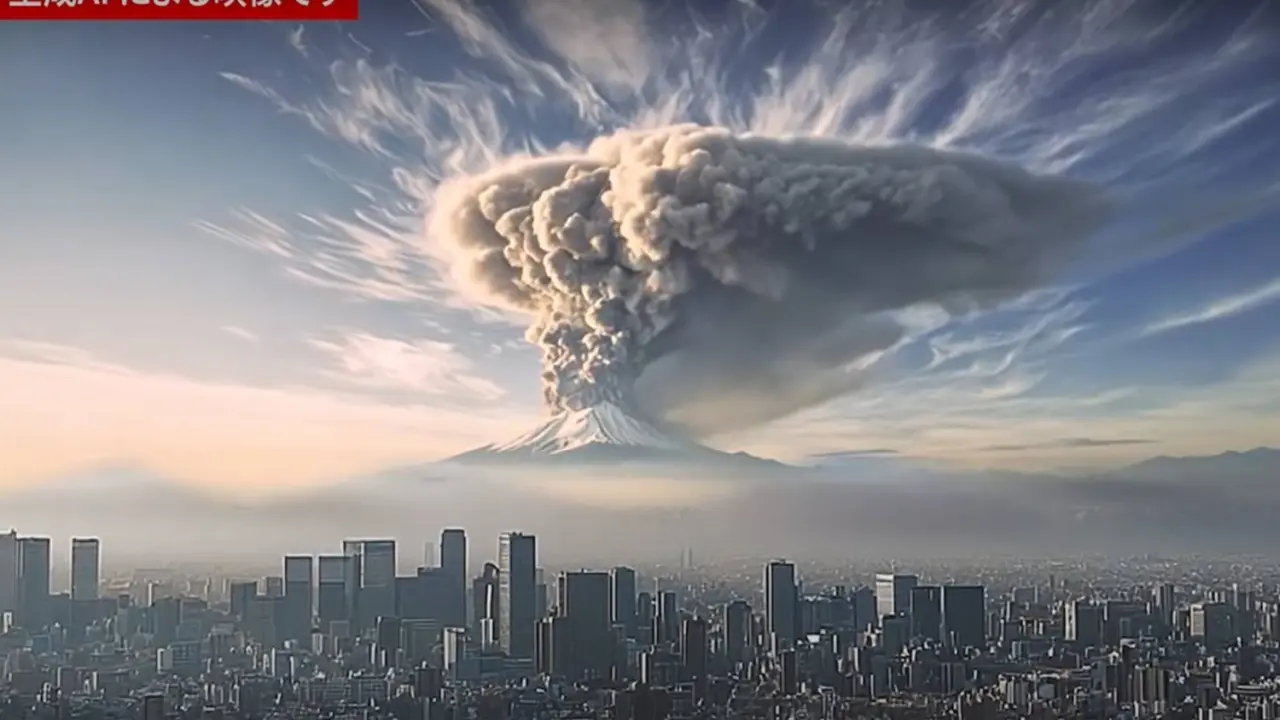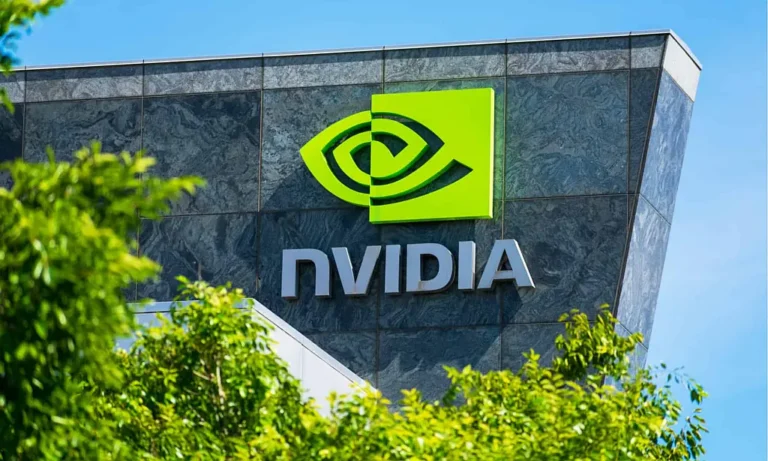Tokyo Uses AI to Warn and Prepare Residents for Possible Mount Fuji Eruption

Tokyo officials have leveraged artificial intelligence to create vivid, realistic simulations of a potential eruption of Mount Fuji, aiming to raise awareness and encourage preparedness among the city’s roughly 37 million residents. Although Mount Fuji, Japan’s tallest peak and an iconic symbol, has been dormant for over 300 years, it remains an active volcano with significant risks, especially given Tokyo’s proximity, about 100 kilometers away. Tokyo’s government released an AI-generated video depicting the catastrophic aftermath of an eruption, visualizing how volcanic ash could blanket the capital within one to two hours, disrupting transportation, power, and public health.
The AI simulation shows dense smoke clouds rising from Mount Fuji’s summit, followed by ash clouds engulfing Tokyo, leading to paralysis of vital infrastructure like trains and airports, contamination of water supplies, damage to power lines, and severe respiratory threats from the ash. The video includes scenes of daily life, such as a woman receiving an eruption warning alert on her phone and families stocking emergency supplies to emphasize the urgency of readiness. Authorities stress that volcanic ash fallout could bring drastic consequences: even a thin layer might cause engine failures, roof collapses, and traffic chaos. In severe cases, heavy ash could make roads impassable and lead to widespread blackouts.
Japan’s government clarified that the video is a precautionary educational tool rather than an indication of an impending eruption, as there are currently no signs of volcanic activity. The intention is to arm residents with factual disaster knowledge and encourage preparations such as stockpiling food, water, and essential supplies, while understanding the risks associated with a sudden, large-scale eruption. The release coincided with Japan’s Volcanic Disaster Preparedness Day to maximize public attention and awareness. Experts emphasize the importance of such simulations, noting the lack of any real photographic or video documentation of previous eruptions, which occurred centuries ago. The AI tool helps fill this gap by providing a realistic vision of dangers and necessary responses.
Despite the usefulness of these AI videos, public reaction has been mixed. Some residents appreciate the government’s efforts to prepare them for possible disasters, seeing the simulations as a sober reminder of nature’s power. Others express anxiety and concern about the alarmist tone, fearing that such warnings might induce panic or harm tourism. Some critics call the scenario exaggerated, though volcanologists underline that the worst-case depiction is plausible depending on eruption magnitude and environmental factors like wind. The government’s communication strategy focuses on balancing caution with reassurance, aiming to avoid complacency while preventing undue fear.
The potential impact of a major Mount Fuji eruption would be extensive. Historical records show the last eruption in 1707 lasted two weeks and caused massive ash fallout, respiratory illnesses, agricultural devastation, and famine. Modern-day Tokyo’s infrastructure and economy, valued in trillions of yen, would face severe challenges in case of ash accumulation. Power outages, transport halts, communication failures, and health emergencies would dominate the response scenario. The AI-generated warnings encourage residents and authorities alike to envision concrete disaster preparedness steps, such as emergency kits, evacuation plans, and community readiness drills.
Tokyo’s use of AI simulations to warn about Mount Fuji eruption risks highlights a forward-thinking approach to disaster preparedness in a region vulnerable to seismic and volcanic hazards. By combining technology, realistic scenario building, and public education, the city seeks to enhance its resilience against rare but potentially devastating natural events. Continuous awareness and readiness remain crucial as Mount Fuji, though silent for centuries, still poses a significant natural threat to millions of residents living in its shadow.
This comprehensive approach, using AI-generated videos as a vivid educational tool, sets an example for disaster-prone regions worldwide aiming to strengthen community preparedness and reduce the risks of catastrophic natural events.
Enjoyed this post?
Subscribe to Evervolve weekly for curated startup signals.
Join Now →







